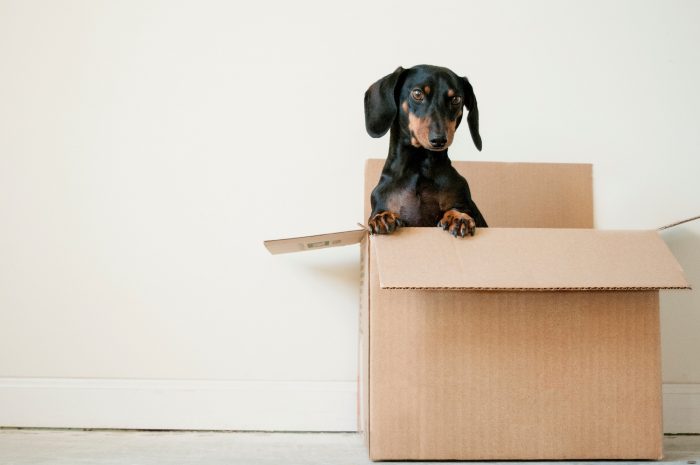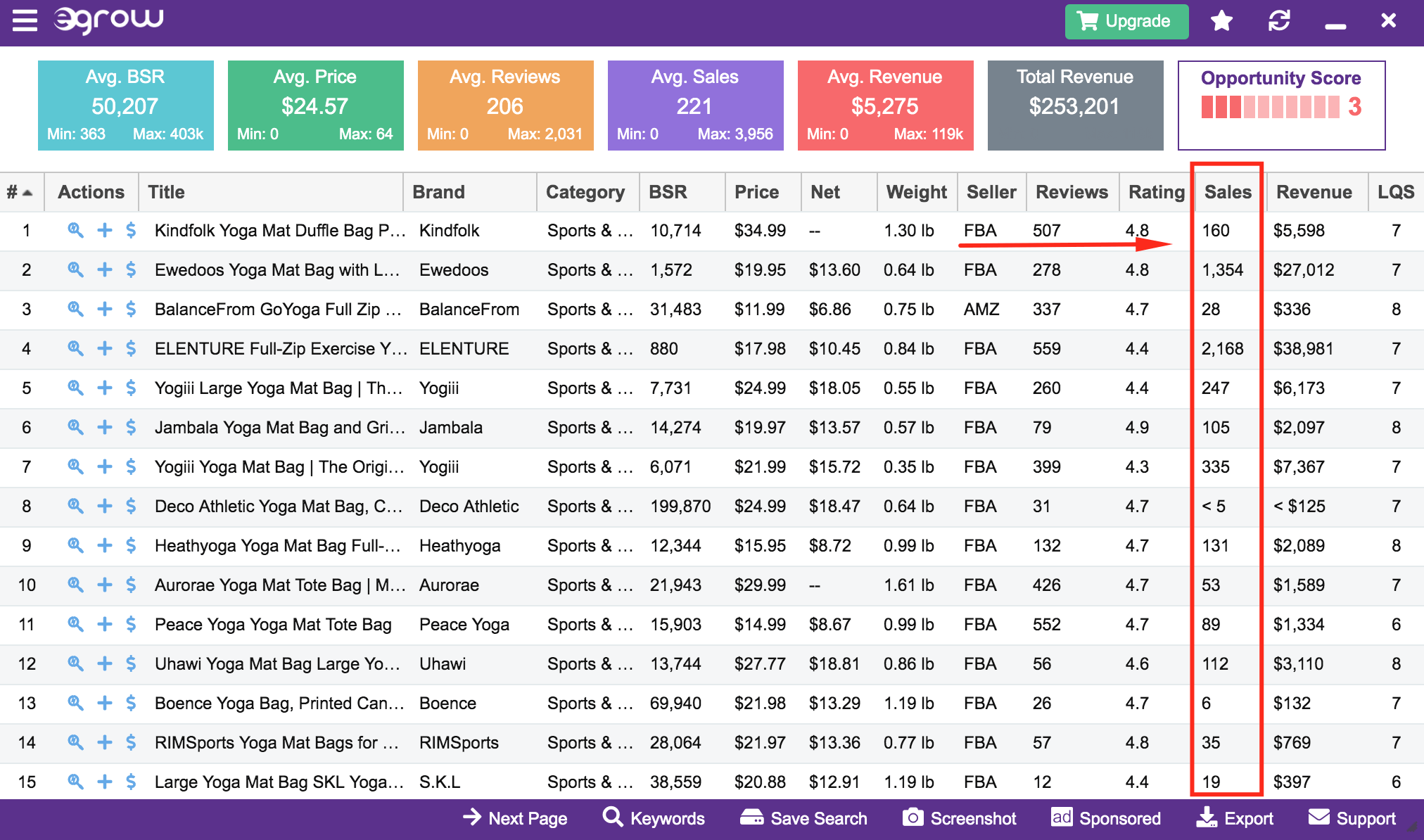8 Tips for your First FBA Shipment

If you are a first time seller, shipping can seem very overwhelming and complicated. With so many details to focus on in your new business, shipping should be simple and straightforward. Today I will share all of my tips for hassle-free, inexpensive, and easy shipping!

Tip #1: Ship by Sea
One common myth I see through the FBA community is ‘‘you should ship your first order by air”. This is not something I would recommend.
- Shipping by air is three times as expensive as sea and very unnecessary for your first order. You should not have any time constraints on your first order (unless it’s a seasonal product which I would not recommend).
- The only time you should ship via air is when you are running low on inventory and cannot wait a month.
- By doing sea shipping, you are spending a fraction of the cost, increasing profit margin, and allowing yourself additional time to get your ducks in a row before your first product goes live.
- DDP sea shipping is what I would recommend for your first order. Your freight forwarder would be fully responsible for getting your inventory from your supplier to Amazon’s warehouse.
Tip #2: Don’t Ship through your Supplier
Shipping through your supplier is expensive and unnecessary.
- This will save you a lot of money because in most cases, your supplier still hires a freight forwarding company to handle the shipment; but they just add on a fee for finding you one.
- I put out an RFQ on Alibaba, this means a ‘request for quote’. It is a mass message to all applicable freight-forwarders to potentially service you. You give them your manufacturers location, # units, # cartons, dimensions, total weight, type of shipping, and destination. You will receive many quotes from potential freight forwarders.
- I typically pick my freight forwarder based on: 1. Price 2. Communication 3. Company Age/Reviews.
- Once you pick your freight forwarder, you will give them your manufacturers contact information for any additional questions that they might have. They will pick up or get the product shipped to them. Having your manufacturer and freight forwarder communicate directly makes the process go much more efficiently and quickly!
Tip #3: Inspections are crucial!
This is not the time to be thrifty; set up an inspection now!
- You need to hire an inspection company prior to having your freight forwarder gain responsibility for your product.
- Do not self-inspect your product by sending it to your house. That’s what samples are for!
- Inspection companies are inexpensive and can correct the problem on-site! If your manufacturer says they do in-house inspections, kindly let them know you will be hiring a third-party inspection agency.
- You can find inspection companies on Alibaba. Typically they need a few days notice so give them your manufacturers contact information so they can set up a time and date.
- Having the defects corrected through your supplier will save you money! If you find defective items while the product is at your house, you cannot ship it back to be resolved. Overall, inspection companies save you time, money, and give you a good idea if your supplier focuses on premium quality.
Tip #4: Order the right quantity using Egrow!
How many units should I purchase for my first order?
- With your first order, you should consider this order a test order; to see if the product sells well or not.
- Long-term inventory storage fees can quickly become expensive, so with your test order you should only be buying enough units to last three months but no more.
- A quick way to estimate how much inventory to purchase is by using Egrow’s Chrome Extension tool. You can quickly estimate the average amount of monthly sales your competition is selling. I would export this data into Excel and find the average monthly sales across the first page of the main keyword. The column named “sales” will give you a good indication of how many units to order. I would recommend ordering enough units for three months on your first order.


Tip #5: Get Organized with a Shipping Plan
People often ask ‘how do I know which Amazon warehouse to ship my first order to?’ Answer: create a shipping plan!
- When you create a shipping plan in Seller Central, Amazon will give you the warehouse they want you to send your inventory to!
- The information you will need to create a shipping plan: dimensions of your shipping cartons, the number of units/carton, and how many cartons. Once you plug this information into your shipping plan you will have your shipping location!
- I recommend gathering this information immediately once your manufacturer is finished packaging your product so you have your exact shipping location available for your freight forwarder.
Tip #6: Package Wisely
- Ask your manufacturer to package the same number of units in each carton.
- Having the exact same size cartons and # of units will make the shipping plan easy to create, and simplify directions for your freight forwarder.
- Units should be packaged snug in container so there is no shifting during shipping.
Tip #7: Amazon Requirements
- Be sure to pay attention to FBA packaging and prep requirements! There is a ton of information on Seller Central regarding packaging and shipping requirements.
- Check for any necessary Hazard Warning Signs applicable.
Tip #8: Tracking Order
- Have your freight forwarder provide a tracking number for your shipment, understand that there will be no tracking updates for close to a month if sea shipping but it will be important to know where your product is once it’s arrived at the port.
- In Seller Central, you can set up notifications to monitor the following statuses: Checked-in, Receiving, or Received In Full. Enable ‘Inbound Shipment Notifications’ in Settings!
Shipping does not need to overwhelming; with the 8 tips I’ve outlined today, shipping can be simple, inexpensive, and hands-off!


